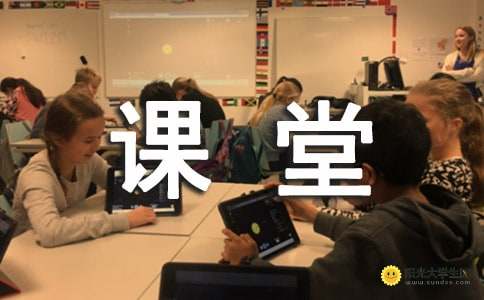新概念英语四册课堂笔记 Lesson35:The Pegasus Book of Inventors
为您整理了“新概念英语四册课堂笔记 Lesson35:The Pegasus Book of Inventors”,方便广大网友查阅!更多新概念英语相关信息请访问新概念英语网。
Many strange new means of transport have been developed in our century, the strangest of them being perhaps the hovercraft. In 1953, a former electronics engineer in his fifties, Christopher Cockerell, who had turned to boat-building on the Norfolk Broads, suggested an idea on which he had been working for many years to the British Government and industrial circles. It was the idea of supporting a craft on a' pad ', or cushion, of low-pressure air, ringed with a curtain of higher pressure air. Ever since, people have had difficulty in deciding whether the craft should be ranged among ships, planes, or land vehicles--for it is something in between a boat and an aircraft. As a shipbuilder, Cockerell was trying to find a solution to the problem of the wave resistance which wastes a good deal of a surface ship's power and limits its speed. His answer was to lift the vessel out of the water by making it ride on a cushion of air, no more than one or two feet thick. This is done by a great number of ring-shaped air jets on the bottom of the craft. It 'flies', therefore, but it cannot fly higher--its action depends on the surface, water or ground, over which it rides.
The first tests on the Solent in 1959 caused a sensation. The hovercraft travelled first over the water, then mounted the beach, climbed up the dunes, and sat down on a road. Later it crossed the Channel, riding smoothly over the waves, which presented no problem.
Since that time, various types of hovercraft have appeared and taken up regular service--cruises on the Thames in London, for instance, have become an annual attraction. But we are only at the beginning of a development that may transport netsea and land transport. Christopher Cockerell's craft can establish transport works in large areas with poor communications such as Africa or Australia; it can become a 'flying fruit-bowl', carrying bananas from the plantations to the ports, giant hovercraft liners could span the Atlantic; and the railway of the future may well be the 'hovertrain', riding on its air cushion over a single rail, which it never touches, at speeds up to 300 m.p.h.--the possibilities appear unlimited.

【新概念英语四册课堂笔记 Lesson35:The Pegasus Book of Inventors】相关文章:
1.新概念英语四册课堂笔记 Lesson 16:The Search for the Earth
2.新概念英语四册课堂笔记 Lesson 15:The Consumer Social
3.新概念英语四册课堂笔记 Lesson 4:Seeing hands
4.新概念英语四册课堂笔记 Lesson 28:Countrymans Creed
5.新概念英语四册课堂笔记 Lesson 33:The Raising of the Vasa